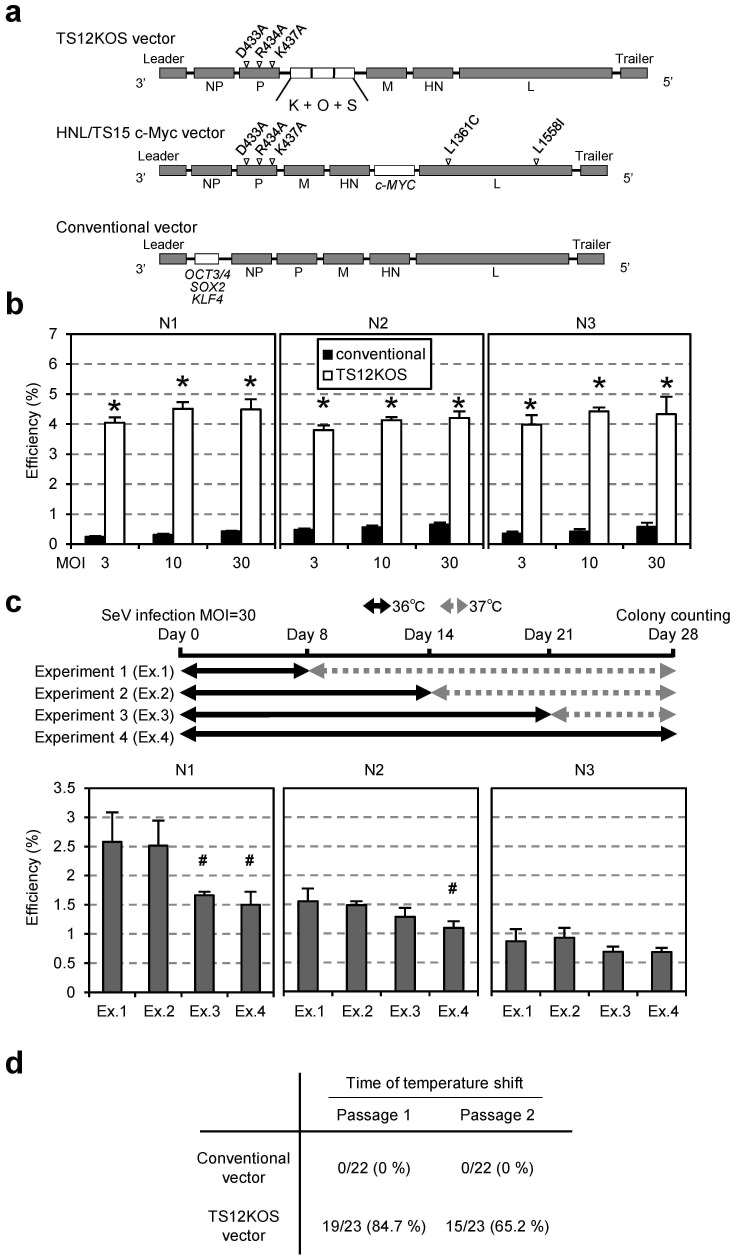Figure 1. Generation of a new temperature-sensitive Sendai virus vector, TS12KOS.
(a) Comparison of schematic structures among the newly constructed Sendai virus (SeV) vector, TS12KOS, and previous vectors. The TS12KOS vector contains three point mutations in the RNA polymerase–related gene (P) and carries the coding sequences of KLF4 (K), OCT3/4 (O), and SOX2 (S) in the KOS direction. In comparison, the HNL/TS15 c-Myc vector carries two additional mutations, L1361C and L1558I, in the large polymerase (L) gene and an exogenous c-MYC cDNA sequence inserted between the hemagglutinin-neuraminidase (HN) and L genes, and the conventional vectors individually carry three reprogramming factors as indicated. (b) iPS cell generation from human skin-derived fibroblasts. The efficiency of iPS cell generation was significantly higher using the TS12KOS vector than with the conventional vectors at all multiplicities of infection (MOI) tested. iPSC colonies were identified on day 28 of induction by the appearance of alkaline phosphatase-positive (AP+) colonies with embryonic stem (ES) cell-like colony morphology. N1, N2, and N3 represent individual healthy volunteers. Experiments were conducted in triplicate (mean ± SD). *P<0.01, TS12KOS vector versus conventional vectors, Student's t-test. (c) Temperature shift from 37°C to 36°C for the indicated periods in iPSC generation. Data are means ± SD of three independent experiments. # P<0.05, Experiment 2, 3 and 4 versus Experiment 1. Student's t-test. (d) Nested RT-PCR analysis of SeV vector elimination after the temperature shift from 37°C to 38°C in human fibroblast-derived iPSCs. The elimination of TS12KOS vector was faster than the conventional vectors.

